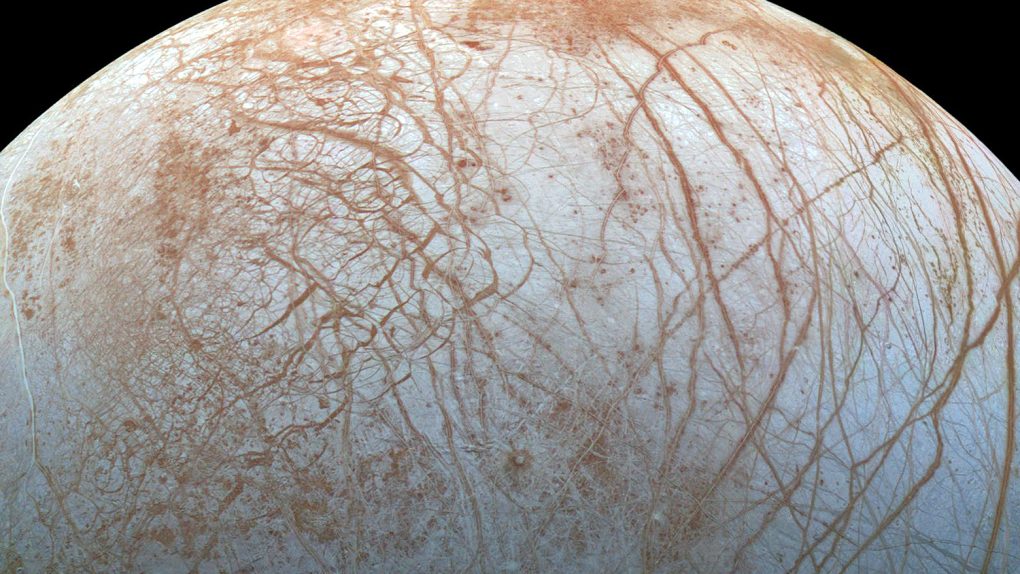NASA has spent decades studying many of the planets in our solar system up close. Probes like Juno and Cassini have taught us a lot about the conditions of the planets they are sent to, but oftentimes the moons orbiting these planets are just as interesting as the planets themselves. Europa, one of Jupiter’s moons, is of particular interest to astronomers, and NASA is going to send a new spacecraft to check it out.
The mission, called Europa Clipper, will see a spacecraft sent to Europa and remain in orbit around the moon for several years. The mission will attempt to answer many questions about Europa, but in order for that to happen the spacecraft needs an incredibly powerful antenna.
In a new blog post, NASA reveals some of its internal testing related to the Europa Clipper, and more specifically the high-gain antenna that the spacecraft will be equipped with. The massive dish will facilitate communication between the spacecraft and its handlers back on Earth, playing a major role in the success or failure of the mission.
At present, a full-scale prototype of the antenna (seen above) is being tested at the Experimental Test Range at NASA’s Langley Research Center. The tests will help engineers see how the antenna will perform when it’s far from Earth and beaming information back to NASA. Ensuring transmission of the data the spacecraft gathers is obviously very important, and the antenna must be able to accurately fire its signals back home.
The Europa Clipper mission won’t get underway for at least another three to four years, but the work being carried out today will be vital to its success. Once the spacecraft is successfully launched and arrives at Europa it will spend at least three years relaying high-resolution images and other readings, potentially revealing whether the conditions on the icy moon are adequate to support life.








